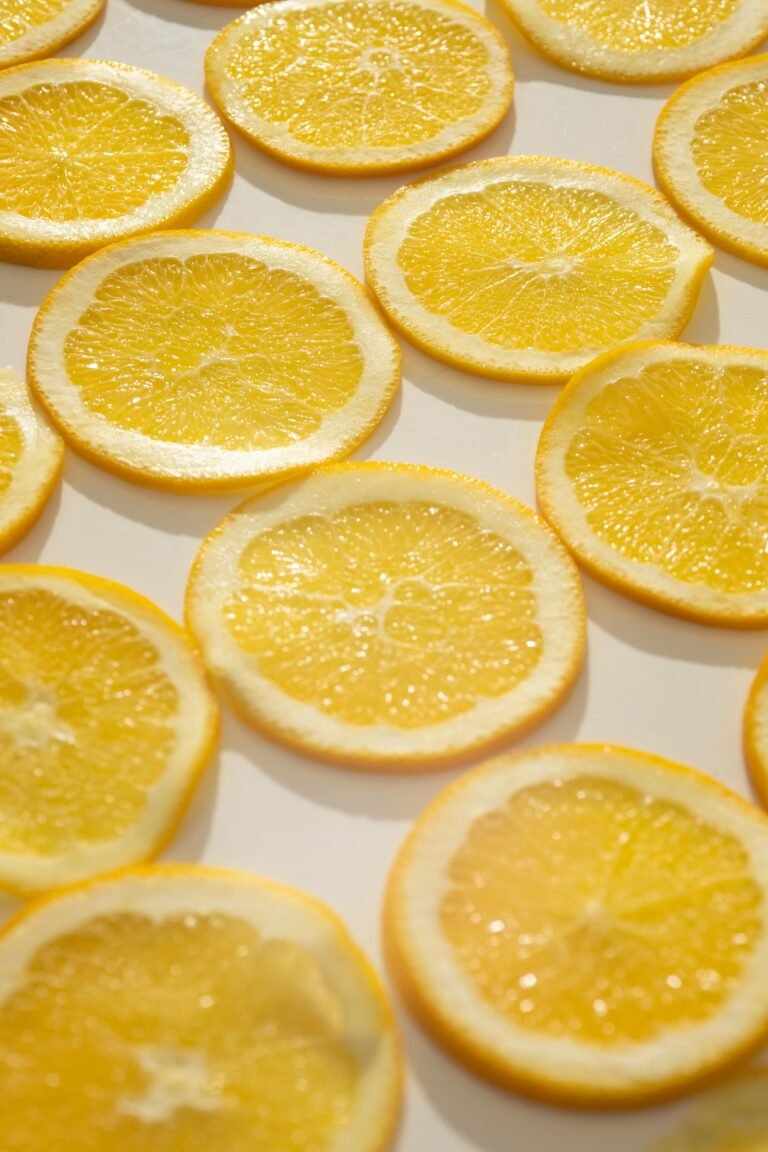How to make a vegan diet according to a nutritionist
How to make a balanced vegan diet?
What are the mistakes to avoid in order to avoid nutritional deficiencies?
And even: do you know that a vegan diet is not enough to lose weight or improve your health? If you choose a vegan diet, it is also better to adopt rules that allow you to reap the maximum benefits in terms of health from our choice.
That’s why the advice of this nutritionist, or Jenna Hope , who in addition to following many people is part of the Transformation Chef team , can help those who follow a vegan diet but are not getting any appreciable benefits.
The reason this happens is twofold.
- On the one hand, it is not possible to balance the macronutrients well, with the result that one consumes too little protein but too much sugar and too much fat.
- On the other hand, the big problem of vegan junk food (or healthy junk food) that exists, and how. And it’s about a lot of products that don’t have a good nutrient profile, but are simply trending because they mimic the products of a typical omnivorous diet. I’m talking about spreadable cheeses, vegan cured meats, veg croquettes, veg burgers, biscuits and various snacks. I talked about it here.
HOW TO MAKE A BALANCED VEGAN DIET ACCORDING TO THE NUTRITIONIST
List of favorite foods.
- Foods, yes. Legumes, soy noodles, chestnuts, peanuts, whole grains, fruits, vegetables, sprouts, seeds, nuts, dried fruit with no added sugar, dried vegetables, tubers, plantains, coconut milk, almond milk, soy milk, preparations of soy without additions and in natural form, such as tempeh, natural tofu, hemp, seaweed, cold-pressed vegetable oils, raw flours, whole grain flours or oil seeds.
- Foods not: all the others, even if vegan. All industrial preparations are non-foods, and must be used exceptionally.
Vegan dish.
-
-
- The vegan dish follows the same rules as the healthy dish.
That is: half a plate for lunch and dinner should be filled with only vegetables, raw or cooked. A quarter of the dish should be whole-grain carbohydrates such as brown rice, wholemeal pasta, rye, oat grains, corn, polenta, tubers such as potatoes or sweet potatoes or taro or plantains, or starchy vegetables such as carrots and beets.
A quarter of the dish must be protein, for example with natural tofu, tempeh, or beans, lupins, soy, lentils. In addition, the dish is completed: for example with a handful of fresh sprouts, lemon juice, apple cider vinegar, gomasio, nutritional yeast flakes, dehydrated vegetables (for example dried tomatoes not in oil), spices, aromatic herbs, seaweed .
These rules must be followed for lunch and dinner.
If you eat a fruit at the end of a meal, reduce the quarter of carbohydrates by a third in favor of proteins. For breakfast , however, we can divide the dish into three: on the one hand, one half of a protein food such as soft tofu, soy yogurt, soy milk or other homemade legume, hemp milk or alternatively a measuring cup of vegan protein powder. The remaining half is split into two: a small serving of fruit or muesli or whole grains such as oatmeal or a glass of rice or oat milk.
A small portion of walnuts, hazelnuts, dehydrated coconut, avocado, cocoa, raw chocolate, peanuts or alternatively almond milk in the other quarter. - Recommended supplements: vitamin D, water rich in calcium, calcium supplement, iron supplement and B vitamins.
- The vegan dish follows the same rules as the healthy dish.
-
-
























+ There are no comments
Add yours